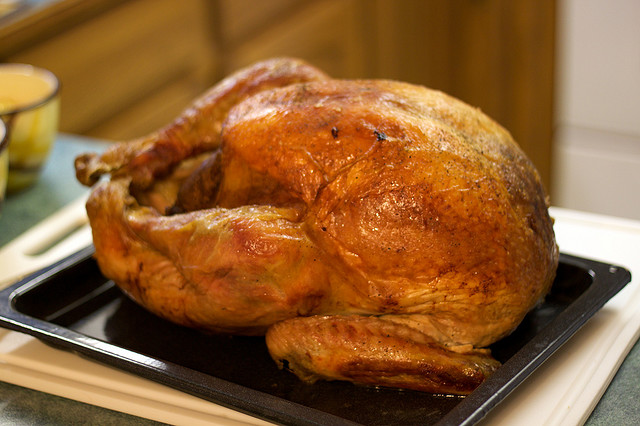Summer will be ushered into the Chicago area with more heat and muggy conditions, according to the NBC 5 Storm Team.
Thursday, which marks the summer solstice -- the longest day of the year -- will see "warm readings all around," NBC 5 Meteorologist Pete Sack said.
Those warm readings aren't expected to let up anytime soon.
"Do we have any relief in sight?" Sack said. "No."
High temperatures Thursday were expected to be in the upper 80s to low 90s inland, with some cooler readings along the lake, Sack said. Dew points in the mid 60s to low 70s however will make conditions feel more in the 90s, Sack added.
In parts of Northwest Indiana, where an air quality alert was in effect, humidity was adding to already hazy conditions. The alert, which cited elevated ozone levels, warned that air quality was expected to be at "unhealthy levels for sensitive groups."
The alert will remain in effect through Thursday night, the NWS said.
Local
While no alerts were issued for Illinois, the moisture in the air "could make breathing difficult for some," Sack said.
Feeling out of the loop? We'll catch you up on the Chicago news you need to know. Sign up for the weekly Chicago Catch-Up newsletter.
Thursday also brings some chances for pop-up thunderstorms, Sack said, which would be a welcome reprieve from the heat.
"We could use a little bit of rain," Sack said. "It's been awfully dry."
Scattered showers and storms could pop-up in the late afternoon and time with the heating of the day, Sack said. Any storms that do pop-up will continue through the evening before drying out, Sack added.
According to the National Weather Service, the highest chance of storms will be north of I-80. Any storms that do form could produce gusty winds, the NWS added.
The string of hot and humid weather is expected to continue for at least a week, Sack said, with readings reamaining in the 80s and 90s in Chicago's 10-day forecast.
"The next opportunity for real relief comes Thursday, but it's just one day," Sack said, of temperatures in the low 80s expected June 27. After that, temperatures bump back up again into the upper 80s and low 90s, forecast models show.
The balmy temperatures are part of a "heat dome" impacting much of the Midwest and nearly all of the east coast, Sack said.
What’s a heat dome?
It’s helpful to think of a heat dome as what’s happening in the atmosphere. A heat wave is how that affects people on the ground, said Ken Kunkel, a research professor of atmospheric sciences at North Carolina State University.
When a high-pressure system develops in the upper atmosphere, it causes the air below it to sink and compress. That raises temperatures in the lower atmosphere.
Because hot air expands, it creates a bulging dome.
The boundaries of this week’s heat dome are not well-defined, Kunkel said, but the National Weather Service has said that the most extreme heat is expected in the Ohio Valley and the Northeast.



